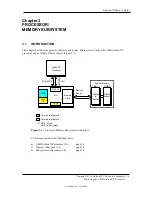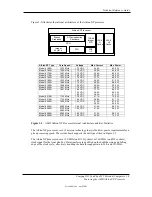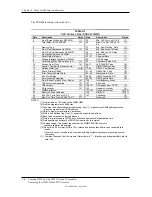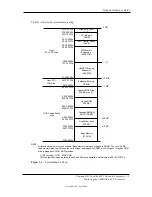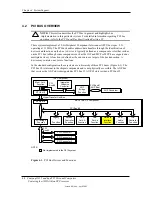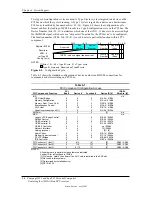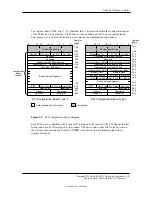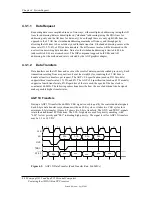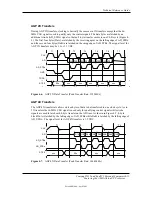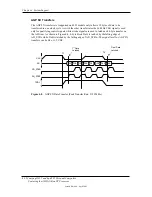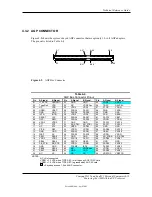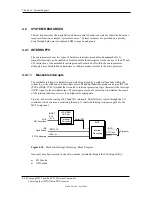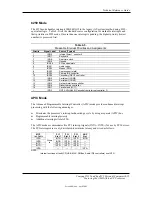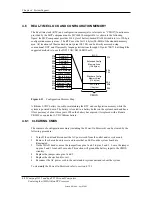
Technical Reference Guide
4.2.3 OPTION ROM MAPPING
During POST, the PCI bus is scanned for devices that contain their own specific firmware in
ROM. Such option ROM data, if detected, is loaded into system memory’s DOS compatibility
area (refer to the system memory map shown in chapter 3).
4.2.4 PCI INTERRUPTS
Eight interrupt signals (INTA- thru INTD-) are available for use by PCI devices. These signals
may be generated by on-board PCI devices or by devices installed in the PCI slots. For more
information on interrupts including PCI interrupt mapping refer to the “System Resources” section
4.4.
4.2.5 PCI POWER MANAGEMENT SUPPORT
This system complies with the PCI Power Management Interface Specification (rev 1.0). The PCI
Power Management Enable (PME-) signal is supported by the chipset and allows compliant PCI
and AGP peripherals to initiate the power management routine.
4.2.6 PCI SUB-BUSSES
The chipset implements two data busses that are supplementary in operation to the PCI bus:
4.2.6.1
Hyper Transfer Link Bus
The NVidia NForce chipset implements a Hyper Transfer Link bus between the IGP and the MCP
components. This bus operates at 800 MHz and is transparent to software and not accessible for
expansion purposes.
4.2.6.2 LPC
Bus
The MCP and MCP-2 implements a Low Pin Count (LPC) bus for handling transactions to and
from the LPC47B367 Super I/O Controller as well as the BIOS ROM. The LPC bus transfers data
a nibble (4 bits) at a time at a 33-MHz and is generally transparent in operation. The only
consideration required of the LPC bus is during the configuration of DMA channel modes (see
section 4.4.3 “DMA”).
Compaq D315 and hp d325 Personal Computers
Featuring the AMD Athlon XP Processor
Second Edition - April 2003
4-7

